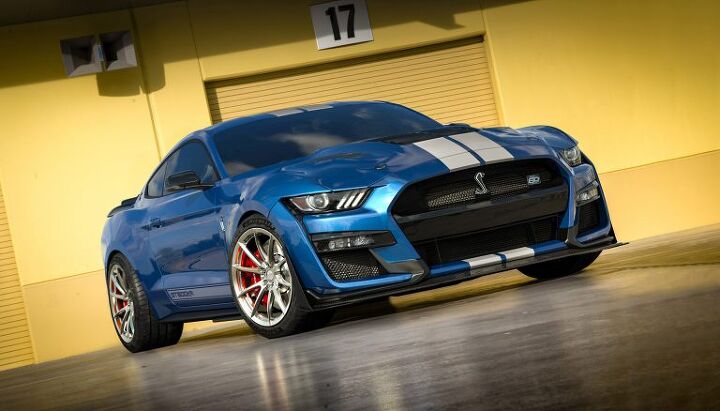#GT500KR
The Ford Mustang Shelby GT500KR Returns
Shelby American is bringing back the GT500KR as an ultra-rare alternative to an already specialized variant of the Ford Mustang. So rare, in fact, that the odds of you actually obtaining one border on nonexistent.
Ford debuted the original in 1968 to capitalize on Carol Shelby’s winning streak with the Mustang and the “King of the Road” KR designation returned in 2008 while the retro renaissance was in full swing. Both were sold in limited numbers, with the new model being no different. Designed under the premise that Shelby could build one hell of an automobile for roughly $5,000 in 1968 ($40,000 today), the first GT500KR boasted a modified 428-ci (7.0-liter) Cobra Jet V8 engine and plenty of exterior accouterments helping to boost both performance and presence. Underrated at 355 horsepower, Shelby’s time with the Ford parts bin actually yielded a powertrain estimated to be in excess of 400 bhp with 440 pound-feet of torque.















Recent Comments